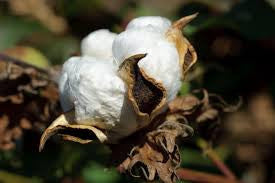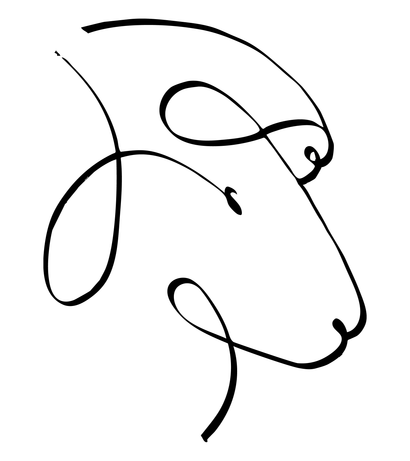Free shipping on all domestic orders over $150
Free shipping on all domestic orders over $150
Shop
Add description, images, menus and links to your mega menu
A column with no settings can be used as a spacer
Link to your collections, sales and even external links
Add up to five columns
Add description, images, menus and links to your mega menu
A column with no settings can be used as a spacer
Link to your collections, sales and even external links
Add up to five columns

Knitting with cotton yarns
February 10, 2016 3 min read
Cotton yarn is different from wool, that's for sure, but different doesn't mean worse, and cotton sometimes gets a bad rap. The cotton yarn you'll find at the big box store feels like string and you wouldn't want to wear it against your skin, let alone spend hours knitting with it. But not all cotton is like that. Good cotton feel silky smooth and is a pleasure to knit. Here are some facts about cotton that will help you understand what you're getting when you buy Yarn Store cotton yarn, why it's more expensive, and what you can do to have the best experience knitting with cotton yarns.
- What differentiates good quality cotton from poor quality cotton?
Like wool, one of the key ways cotton is judged is its staple length, or the length of a strand of the unspun fiber. Good quality cotton such as Sea Island cotton, Pima Cotton, and Egyptian Cotton have staples that are at least 28 mm long and can reach up to 50 mm in length. These are your finest quality cottons
- What does fiber length matter in knitting yarn?
Short staples have lots of ends exposed, and the yarn must be twisted very tightly to hold all those little pieces in place. The tight twist makes the yarn feel hard, and the ends sticking out make it feel scratchy and give the yarn a "linty" worn appearance. Yarns spun from longer fibers have far fewer ends exposed and can be spun more gently giving those yarns a soft pleasant hand. Garments knit from quality cotton yarns last longer and the fabric has better stitch definition than cheaper cotton yarns.
- Why do some cotton yarns look shiny and some look matte?
While there are inherent difference in luster among varieties of cotton, the most notable difference between cotton yarns is whether or not it's mercerized. Mercerized cotton yarns have been treated first with a strong base and then neutralized with a strong acid. This process strengthens the yarn, makes it more lustrous, allows it to take dye more deeply, and minimizes shrinking. Unmercerized yarns have a softer hand, appear more matte, and require a smidge more care when laundering. Which you choose is personal preference. One is not better than the other, they're just different.
- How does fabric knit in cotton yarn behave?
While wool yarn is bouncy, cotton yarn is not. It doesn't spring back to shape when you stretch it out, but rather stays where you pulled it. That can be a real plus for certain kinds of fabrics and styles of garments. For instance, cotton hand-knit fabrics tend not to curl at the edges as much, which means you can cast on and go right into stockinette without having to work ribbing or garter stitch border to keep the fabric from rolling up. See how this swatch in Corsica lies pretty flat even though it hasn't been blocked.

This characteristic is perfectly suited lighter weight summer garments that you might naturally want to feel less structured.
- What different types of cotton yarns are there?
Cotton yarns are predominantly spun and plied into a standard round yarn for knitting. They are sometimes mixed with other fibers to enhance certain characteristics or create a particular look, for example, Berroco Corsica is a lovely plied cotton yarn with a touch of cashmere to accentuate its softness and matte finish. With modern mills and techniques, there are lots of new ways to spin cotton fibers in to all sorts of different yarns. Some cotton yarns are spun in a chainette construction which gives them more of the kind of elasticity knitters expect from yarns. Berroco Maya, Mirasol PIma Kuri and Rowan Softknit Cotton, are examples of this style of cotton yarns. They are a pleasure to knit and make a beautiful garment with both drape and memory. There are cottons spun into a flat, tape-like yarn. Examples include Rowan Cotton Lustre, Berroco Elba, and Arona by Katia.

I hope this helps you understand cotton yarns a little better. Come by the shop and see how the yarns look knit up, or take a skein home and play with it yourself. If you have questions, please ask! We're here to help you knit beautiful things!

